In this day and age, it’s not easy to make a decision on your new smartphone. With so many choices to choose from, you will be spoilt for choice as most smartphones today are all more than capable for your daily use. Of course, manufacturers have been also cracking their head on how they can make their smartphone special, allowing their products to stand out from the crowd.
Some have decided to explore into unique form factors such as foldable and flip phones, while others have decided to stay more traditional and perfect their craft with what they currently have. This time, vivo introduced their latest X70 series smartphones for the Singapore marketing. The vivo X70 series prides itself in its photo capturing capabilities, having a camera system that’s co-engineered with ZEISS. Of course, we will expect that the vivo X70 Pro we have for review to live up to the expectations.
In this review, we take a look at how the vivo X70 Pro performs, and if it takes high quality photos. At the same time, we are also going to test the phone to see if it’s good enough as a our daily driver.
The vivo X70 Pro Smartphone
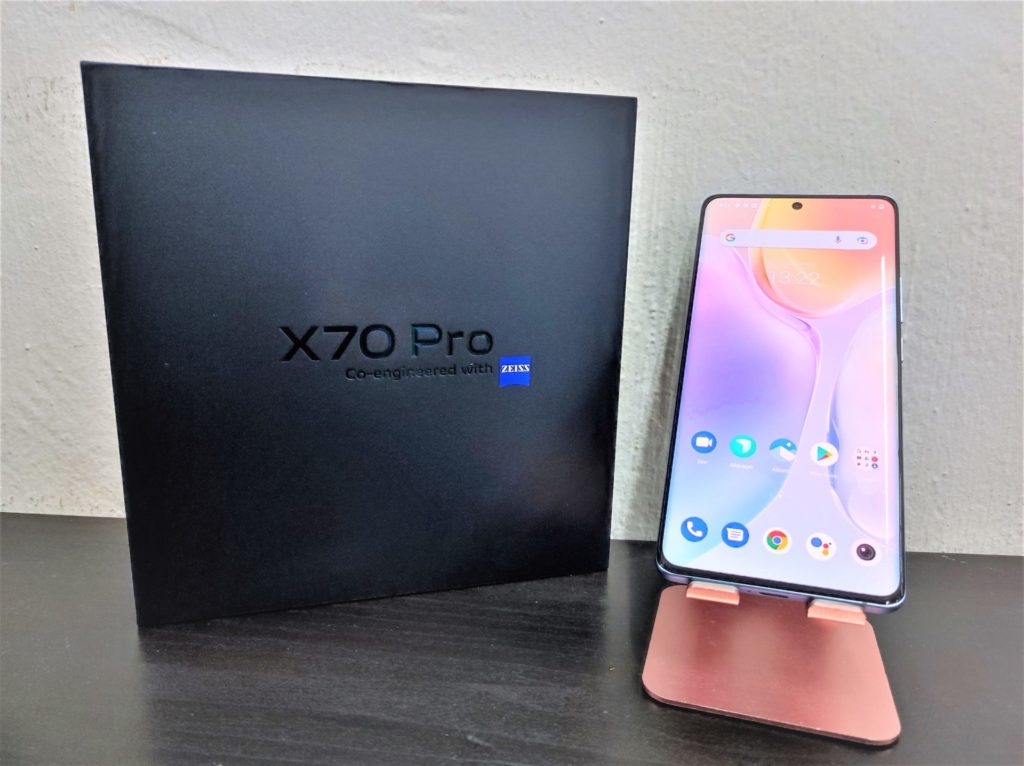
Based first looks, the vivo X70 Pro looks just like any other premium smartphones in the market. It has adopted a straightforward and practical design without much unnecessary bells and whistles. It boasts a large 6.5-inch curved AMOLED display with 120Hz refresh rate and a FHD+ resolution, putting it as a contender with all the top of the line flagship phones in terms of display specifications.
The vivo X70 Pro also adopts a simple pinhole design for its front facing camera, which doesn’t look too distracting and minimizes the distraction to users while watching videos in full screen. Its display curves on the sides of the phone, which can provide a more immersive media consumption experience.
The vivo X70 Pro is available in SIngapore in two colours – Aurora Dawn and Cosmic Black. The review unit we had is the Aurora Dawn version.
Thankfully, we got to say that vivo didn’t go overboard with the designs on the phone with crazy stylings and elements. We liked that it was kept simple and professional, with just a simple “vivo” branding at the back.
In order to house the vivo ZEISS co-engineered imaging system, more space had to be allocated. Therefore, there is a significant camera bump on the back side of the smartphone to properly house the lenses and sensors.
At the top edge of the phone, we spotted a IR Blaster module, which allows the X70 Pro to be used as a universal remote for all your electrical appliances such as fans, air conditioner or even your TV.
On the right side, we have the volume and power buttons. Lastly, the USB Type-C port and SIM tray is found at the bottom of the unit.
Other than the vivo X70 pro smartphone itself, the package also comes with a vivo 44W FlashCharge charger, earphones, and a protective case.
General Usage and Media Consumption Experience
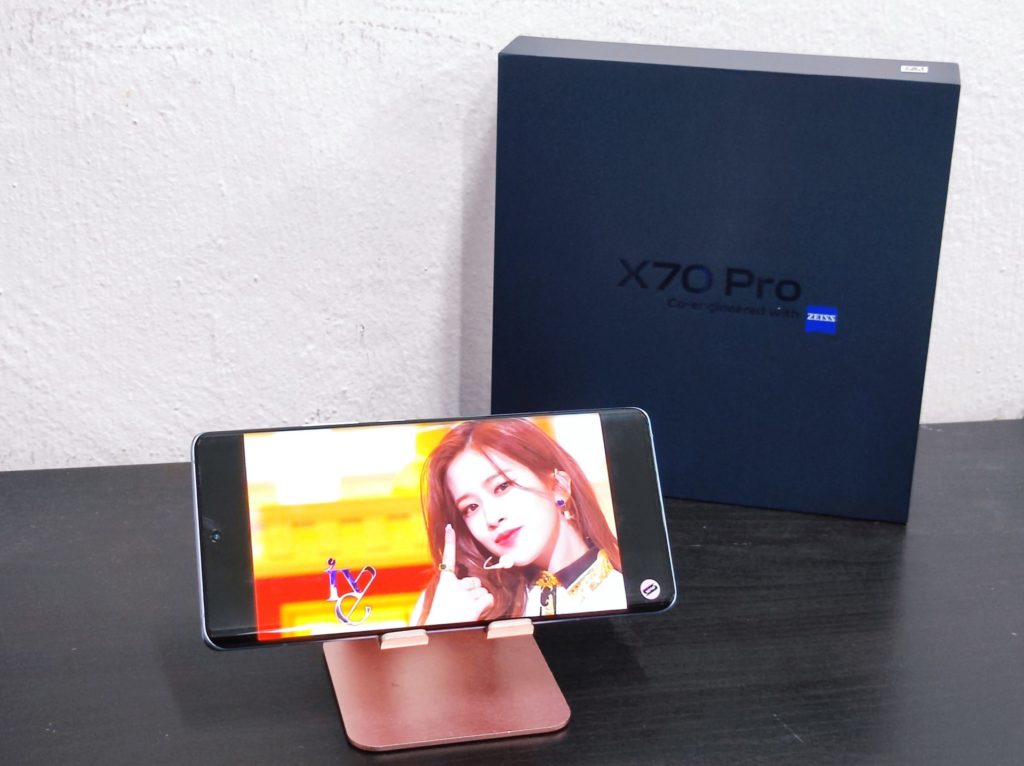
Powered by MediaTek Dimensity 1200 chipset, the vivo X70 Pro is poised to perform very well without any lag. Indeed, in our usage of the smartphone, we didn’t experience any instance of unresponsiveness. Coupled with the 120Hz refresh rate display, using the phone was just so snappy, and I could get things done without much efforts.
I had a different opinion when it comes to watching movies or listening to music on the vivo X70 Pro. Despite having an excellent display which high contrast ratio thanks to the use of OLED technology, the whole experience was bogged down by the speakers on the vivo X70 Pro. Unlike flagship smartphones which usually come with a stereo speaker setup, the vivo x70 Pro only has a single speaker output at the bottom of the device.
Moreover, the speakers on the vivo X70 Pro aren’t too good either. They lack the clarity impact that is expected of a premium smartphone in this price range.
Camera Tests – Photos
In our tests, we compared the vivo X70 Pro with the Xiaomi Mi 11 Lite NE. All photos from the vivo X70 Pro are watermarked accordingly.
In a normal landscape scene, both camera systems were able to capture images with a good amount of detail. The vivo X70 Pro had more contrast and was slightly more saturated than the Xiaomi in our tests.
With its 5x optical zoom capabilities, the vivo X70 Pro was able to capture photos at its full resolution without any loss in details. However, despite its physical photo capturing capabilities, the photos generally look washed out. On the other hand, competition was able to produce a more vibrant colour signature in the photos.
Another notable feature of the vivo X70 Pro is its 60x Hyper Zoom feature, which really allows you to zoom all the way into a distant subject. Even though there is a significant loss in detail, the capability to capture photos at this zoom level was certainly amazing. I also liked the viewfinder mode in the camera app which tells me exactly which portion of the main photo was cropped out. You would have noticed how much we’ve zoomed when comparing to the images captured above.
As for night shots, we took photos of 2 scenes, one with settings set to auto, while the other with Night Mode on.
I think the vivo X70 Pro shines in capturing photos in low light environments. It was truly able to capture a lot more information in darker scenes, while still retaining a good amount of details.
With Night Mode turned on, the photos on the X70 Pro looked even more stunning. In the photo above (with the building), you can even spot the clouds in the dark sky, which couldn’t be captured on the Mi 11 Lite NE.
Also, since the vivo X70 Pro also had a gimbal system built into its camera setup, you can take photos and videos without worrying too much about stabilization. I also had fun with the time-lapse mode on the vivo X70 Pro. You can see the video below.
Performance
The vivo x70 Pro comes with the MediaTek Dimensity 1200 chipset with 256GB of storage and 12GB of RAM. On the other hand, the Xiaomi Mi 11 Lite NE comes with a Snapdragon 778G with 256GB of Storage and 8GB of RAM.

We can see how the vivo X70 Pro can excel in games and 3D applications, as it was almost two times faster than the competing Mi 11 Lite NE.

However, despite its prowess in 3D applications, the vivo X70 Pro lacked in general compute performance as compared to the Mi 11 Lite NE.

The Geekbench 5 benchmark gives us more insights. In single threaded benchmarks, the vivo X70 Pro performed about 100 points lesser. As work applications are generally more single threaded, the Mi 11 Lite NE was able to take advantage of the higher single thread performance levels to produce a higher score in earlier test.
In multi-threaded tests, the vivo X70 Pro still excelled.

In the storage benchmarks, we can clearly see that the vivo x70 Pro had an advantage in bandwidth. This is thanks to its faster UFS 3.1 technology used for its storage medium, as compared to UFS 2.2 on the Xiaomi.

However, the Xiaomi on the other hand had an advantage in storage latency. It was able to complete more queries per second over the vivo X70 Pro.

Both devices have got their own dedicated AI component for AI inferencing. The vivo X70 Pro performed better in the AI benchmark tests.
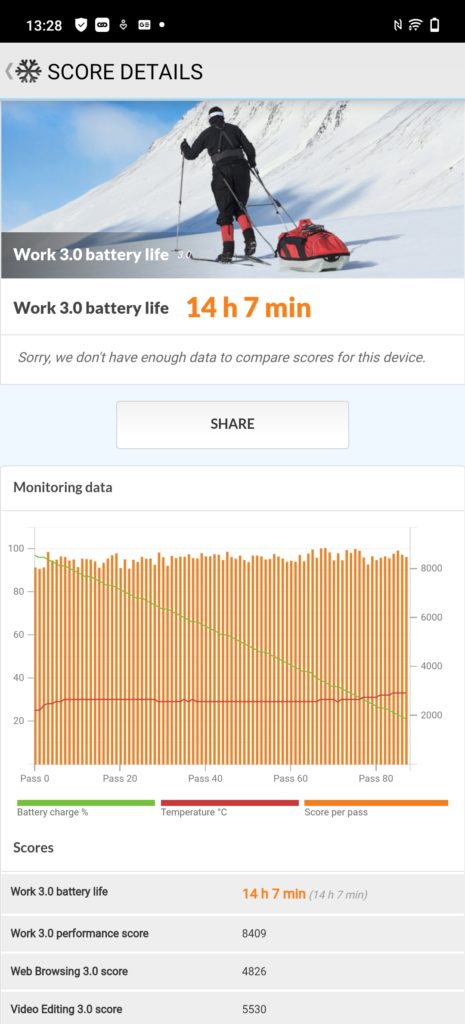
As for the battery life test, the vivo X70 Pro managed to attain a test result of 14hr 7min while looping the PC Mark Work workload. This should mean good news to many, as it essentially means that you can use the phone for more than a day without the need to plug it in to the mains for charging at all.
Conclusion
Retailing at a recommended retail price S$1,199, the vivo X70 Pro is certainly not a smartphone that everyone can afford. There is no doubt that it has a great camera system that captures superb photos especially in low light situations, but we feel that its other shortcomings don’t justify its premium price tag.
Regardless, if you are a firm believer of the ZEISS camera system that’s co-engineered with vivo, the vivo X70 Pro certainly boasts one of the best camera systems we’ve tested to date for both photos and videos. We recommend that you can try the phone out at vivo retail stores to have a better understanding of what the smartphone beholds. As for the other features which we’ve tested, they are comparable with any other smartphones at this price range.
Spoiling the market, the Xiaomi Mi 11 Lite NE was able to trade blows with the vivo X70 Pro, while retailing at half its price. I think it boils down to brand loyalty and the mentioned unique features on the vivo X70 Pro to determine if someone will make the decision to purchase this smartphone.


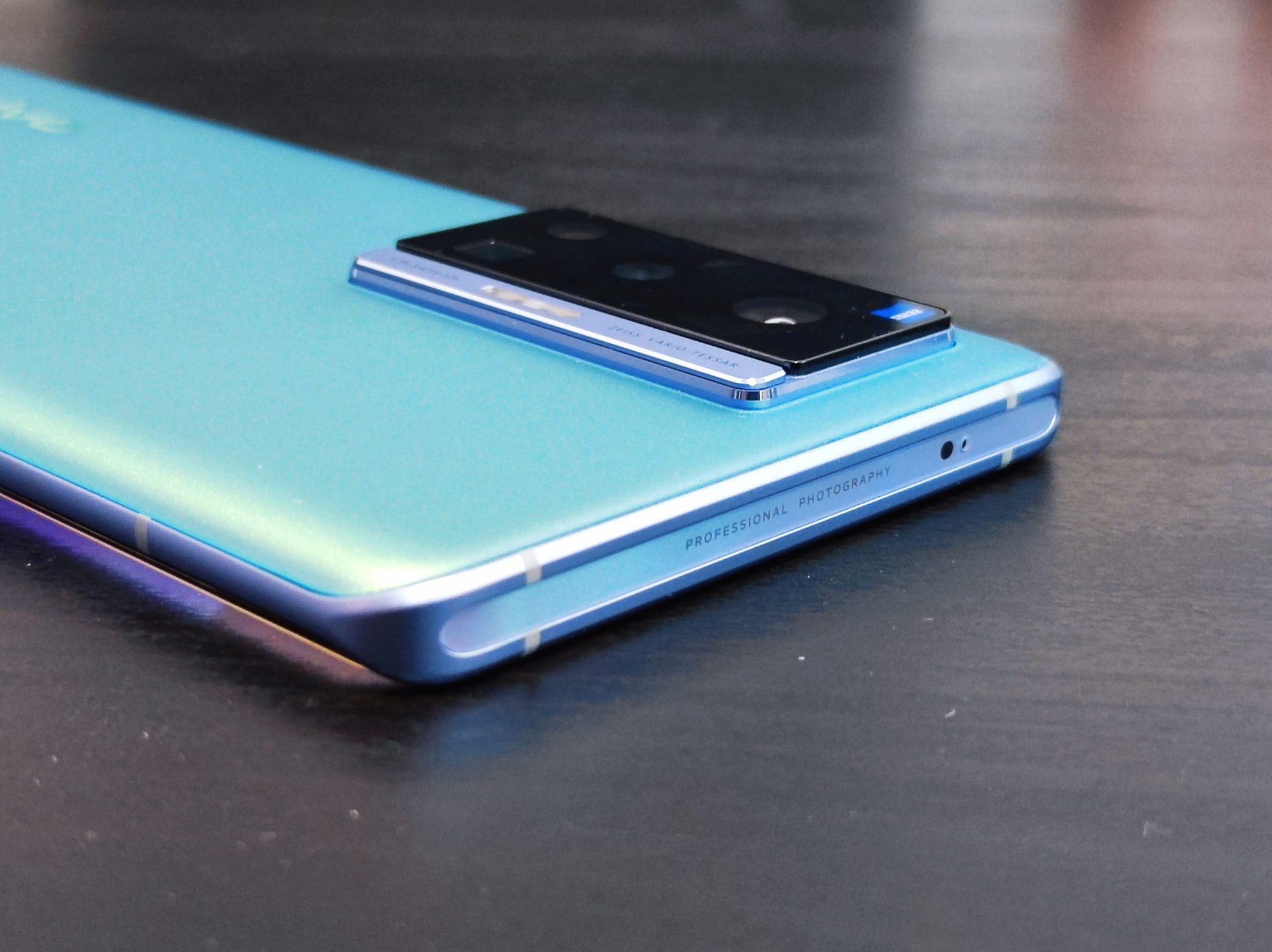
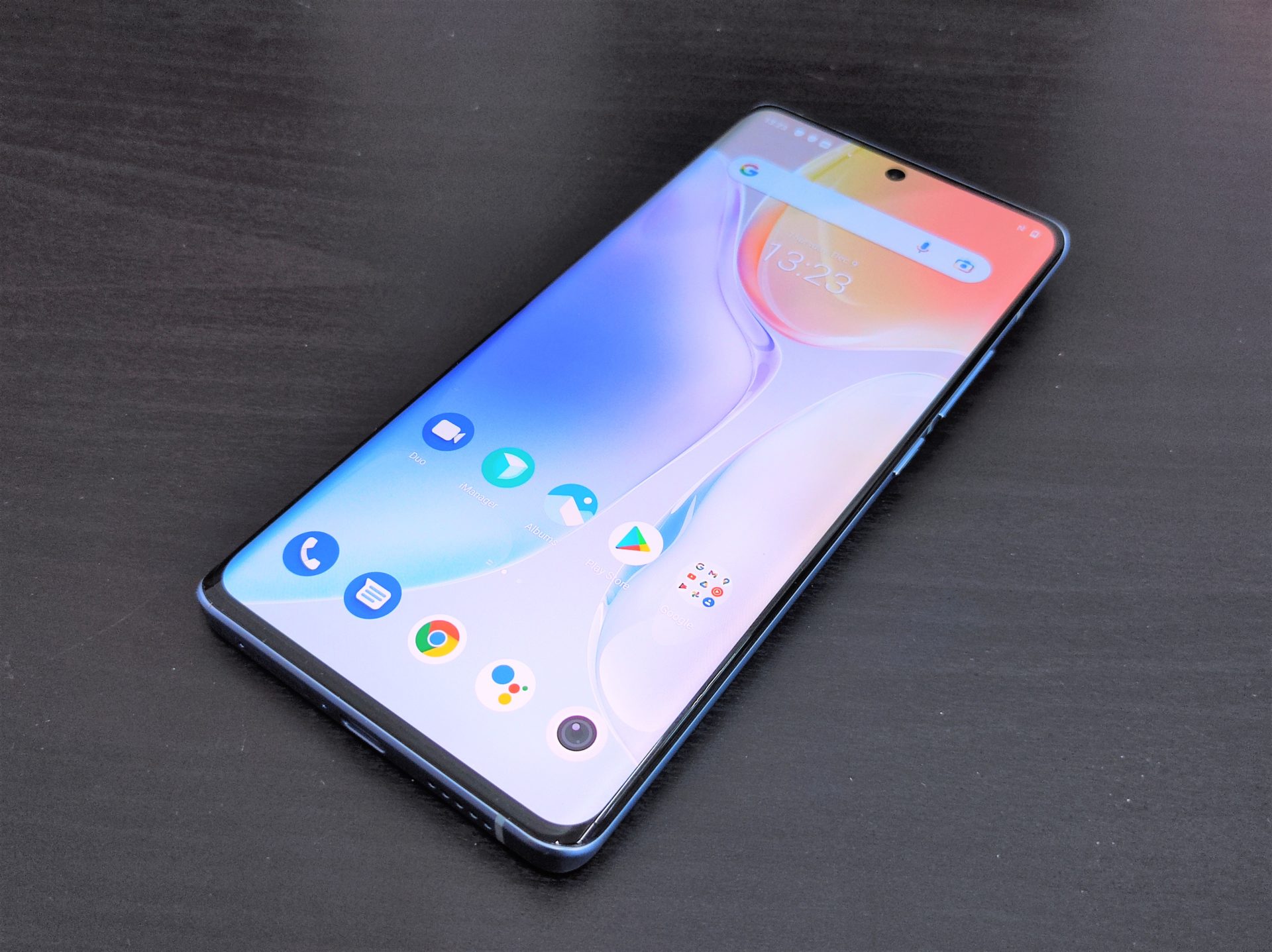

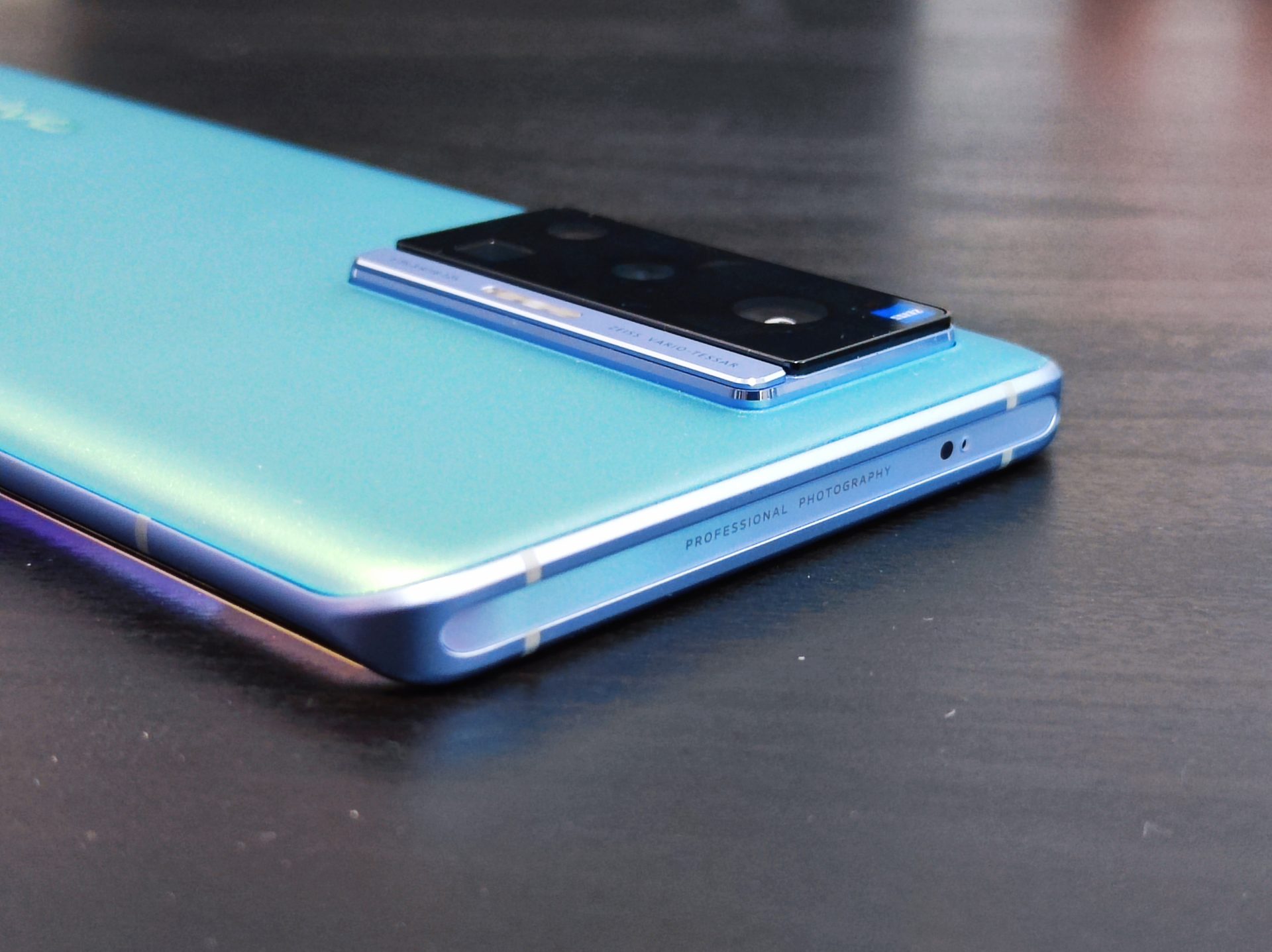
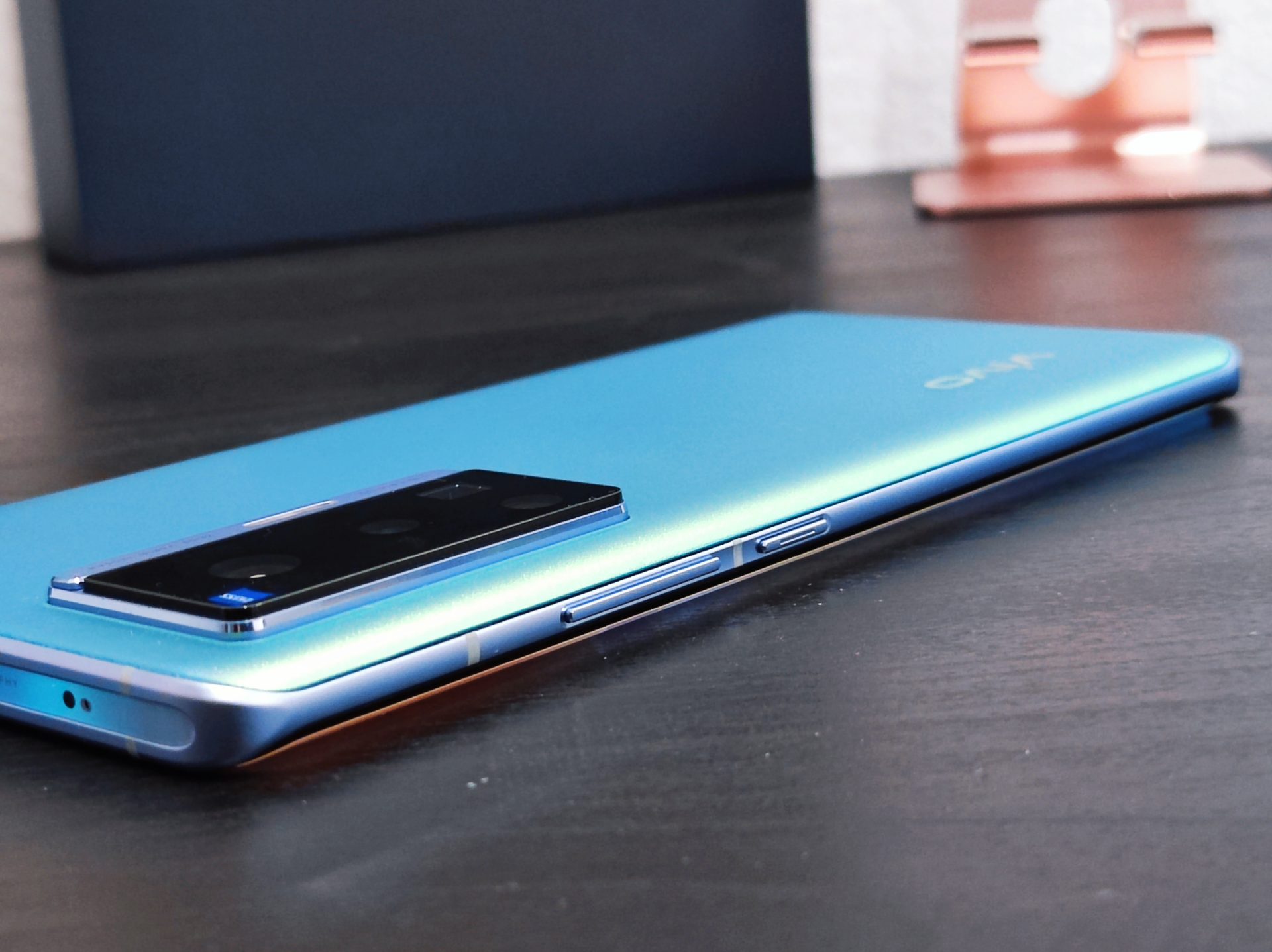
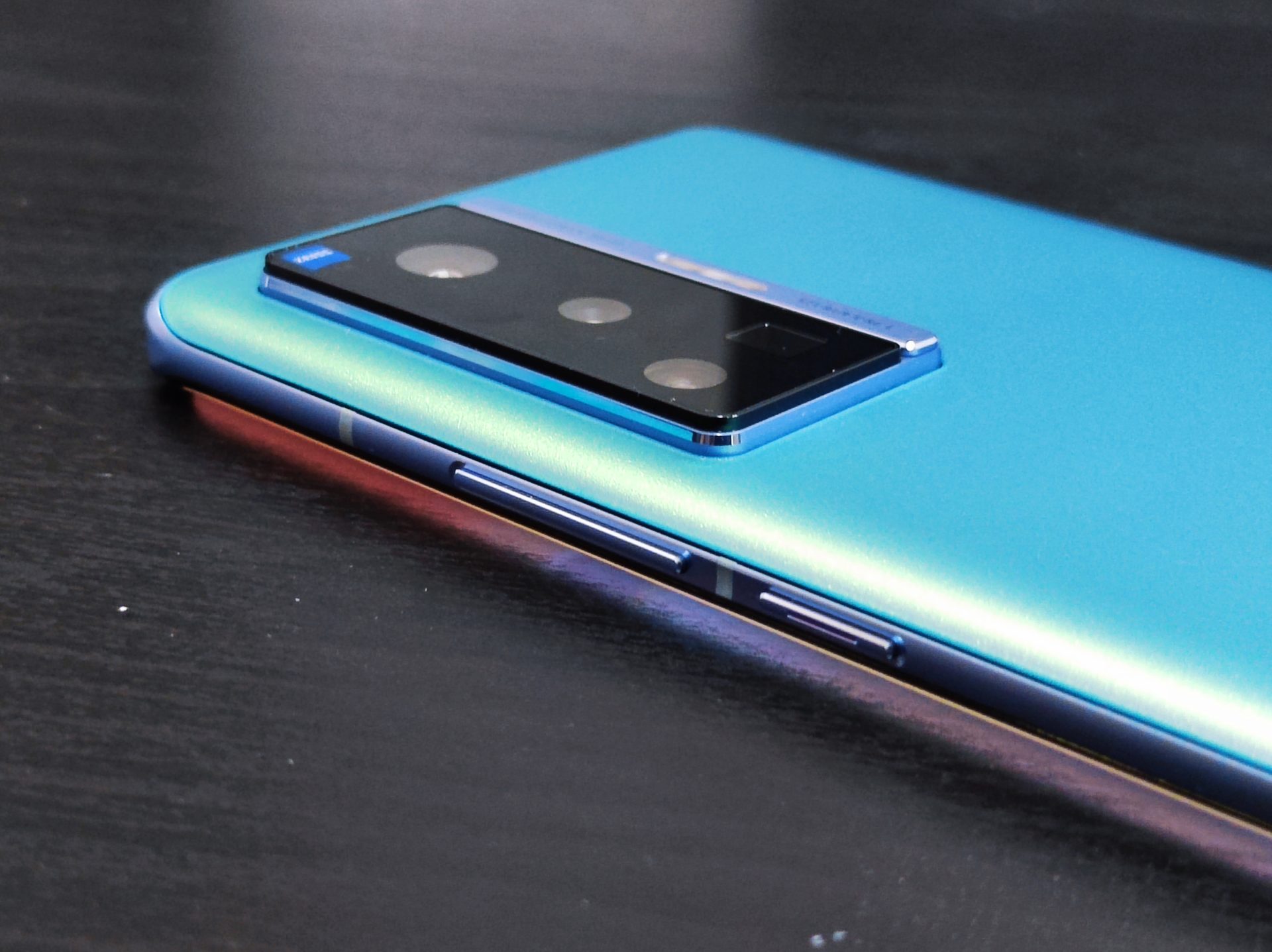
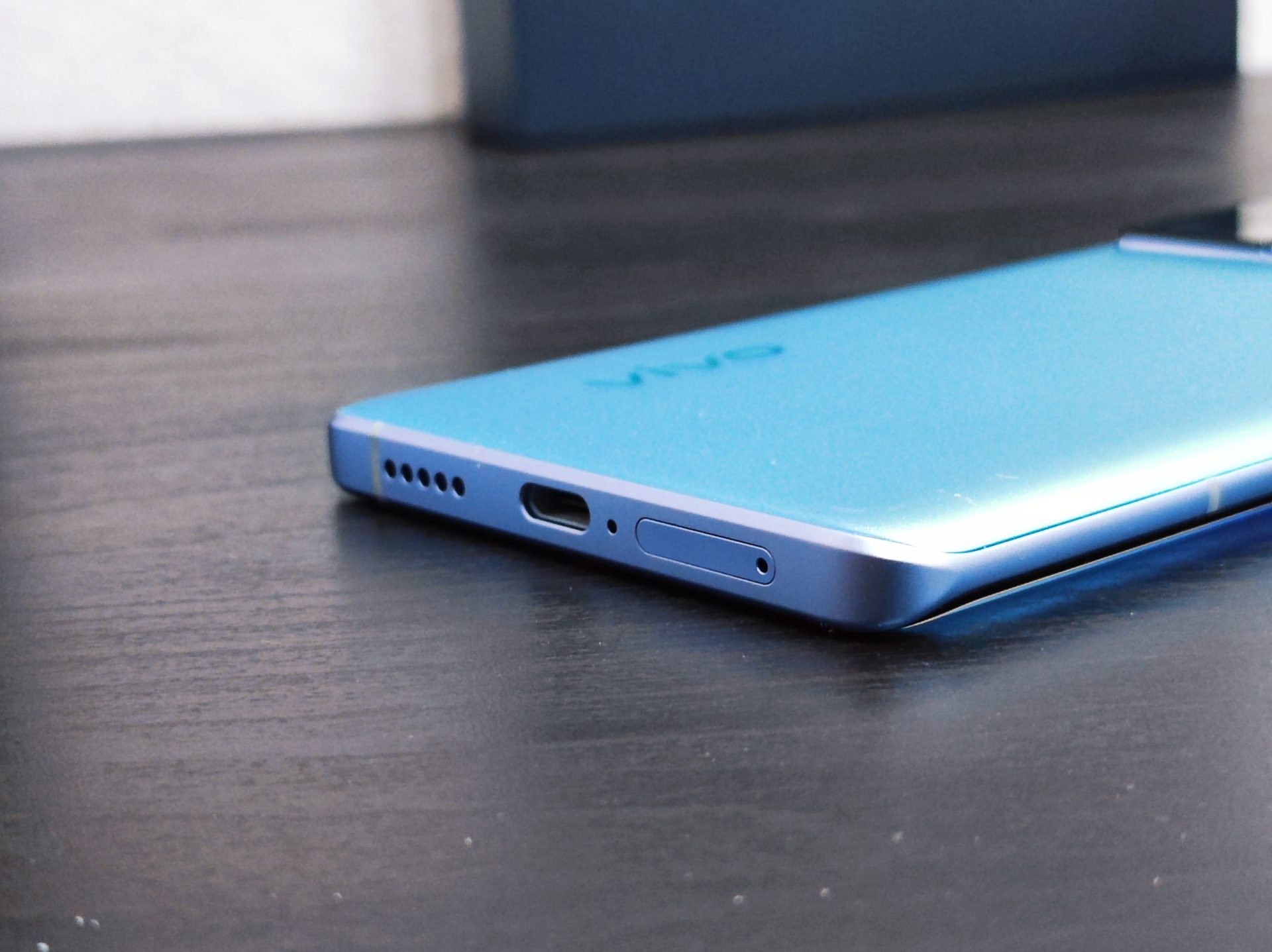
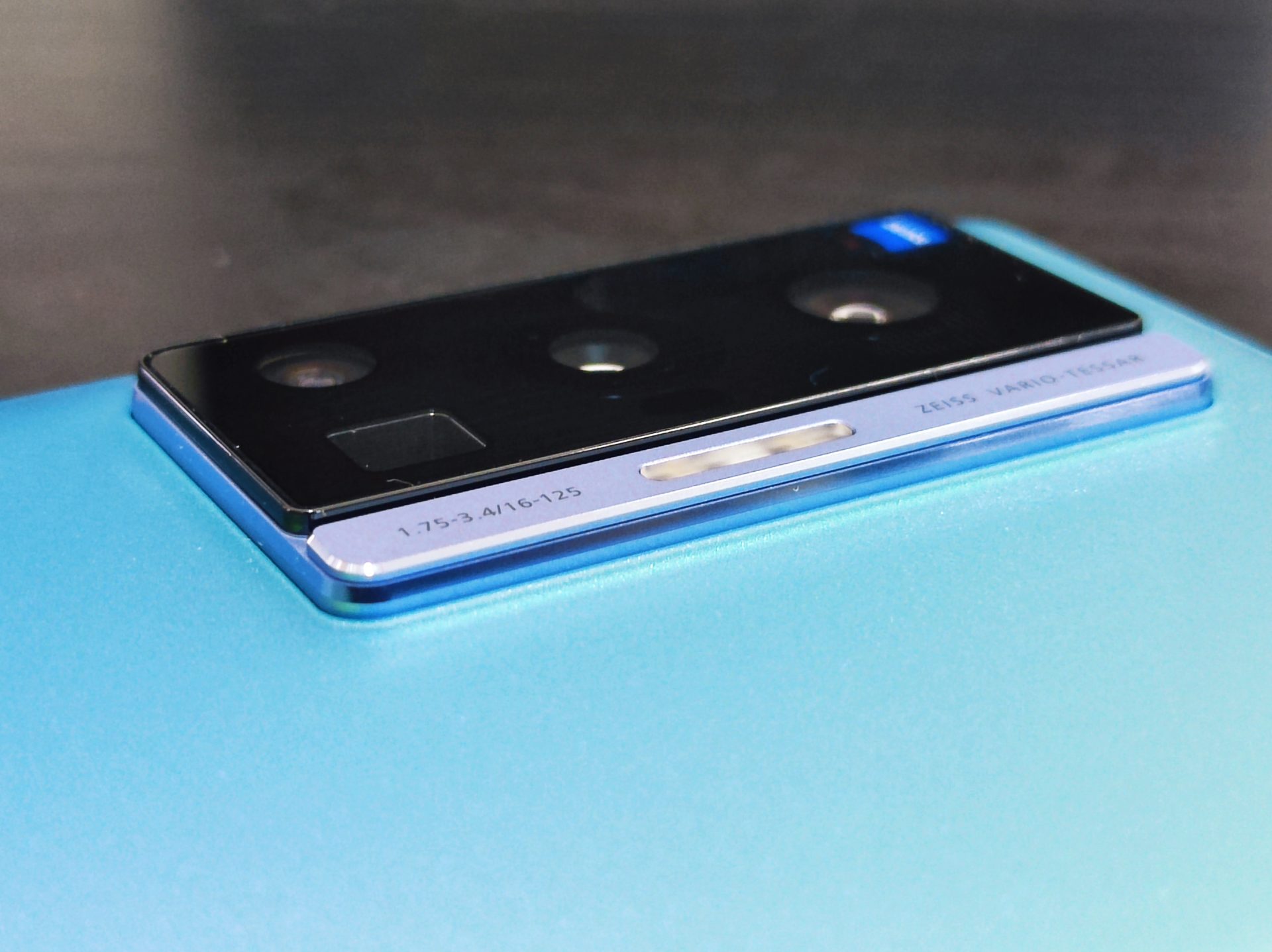
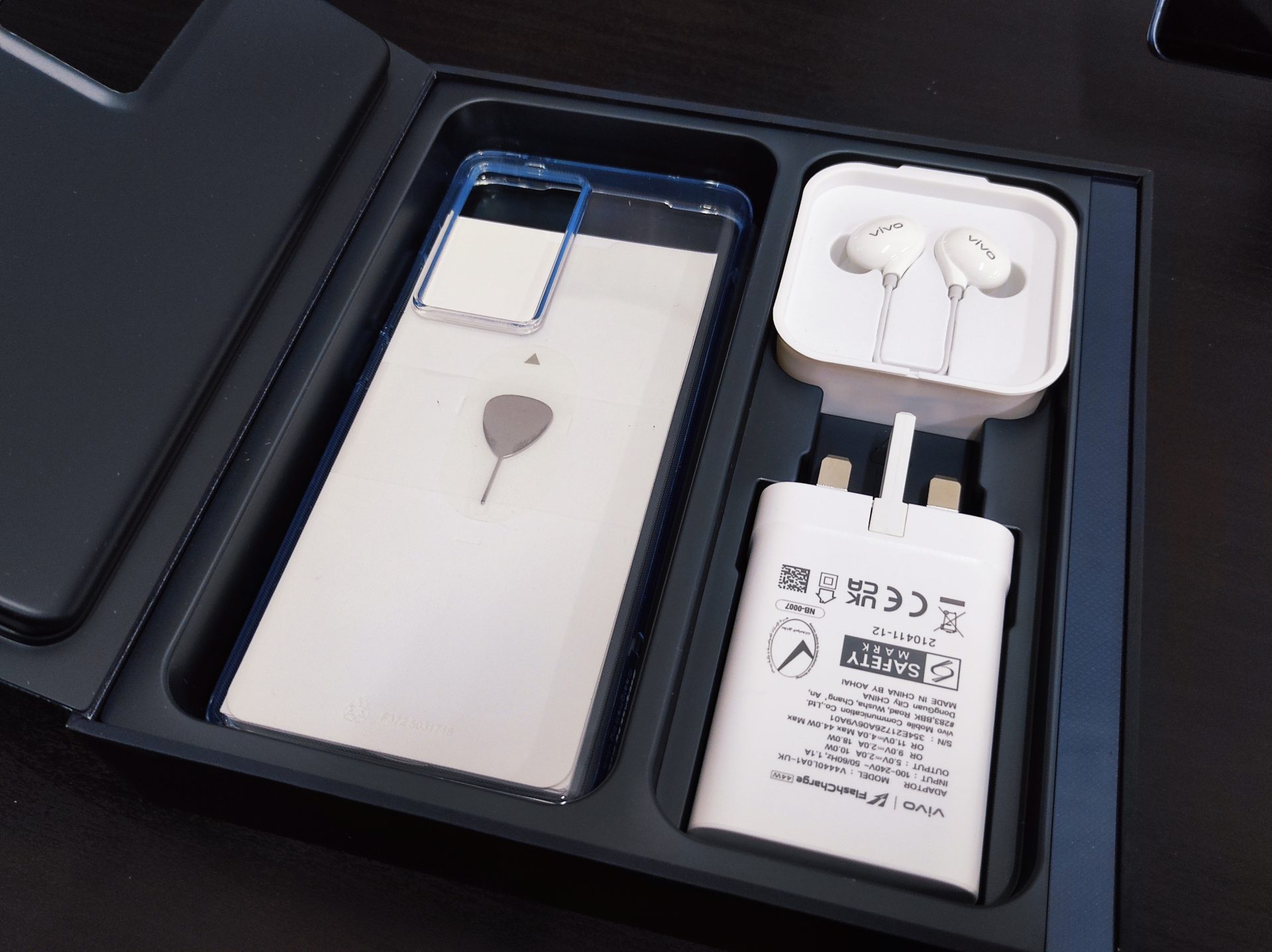
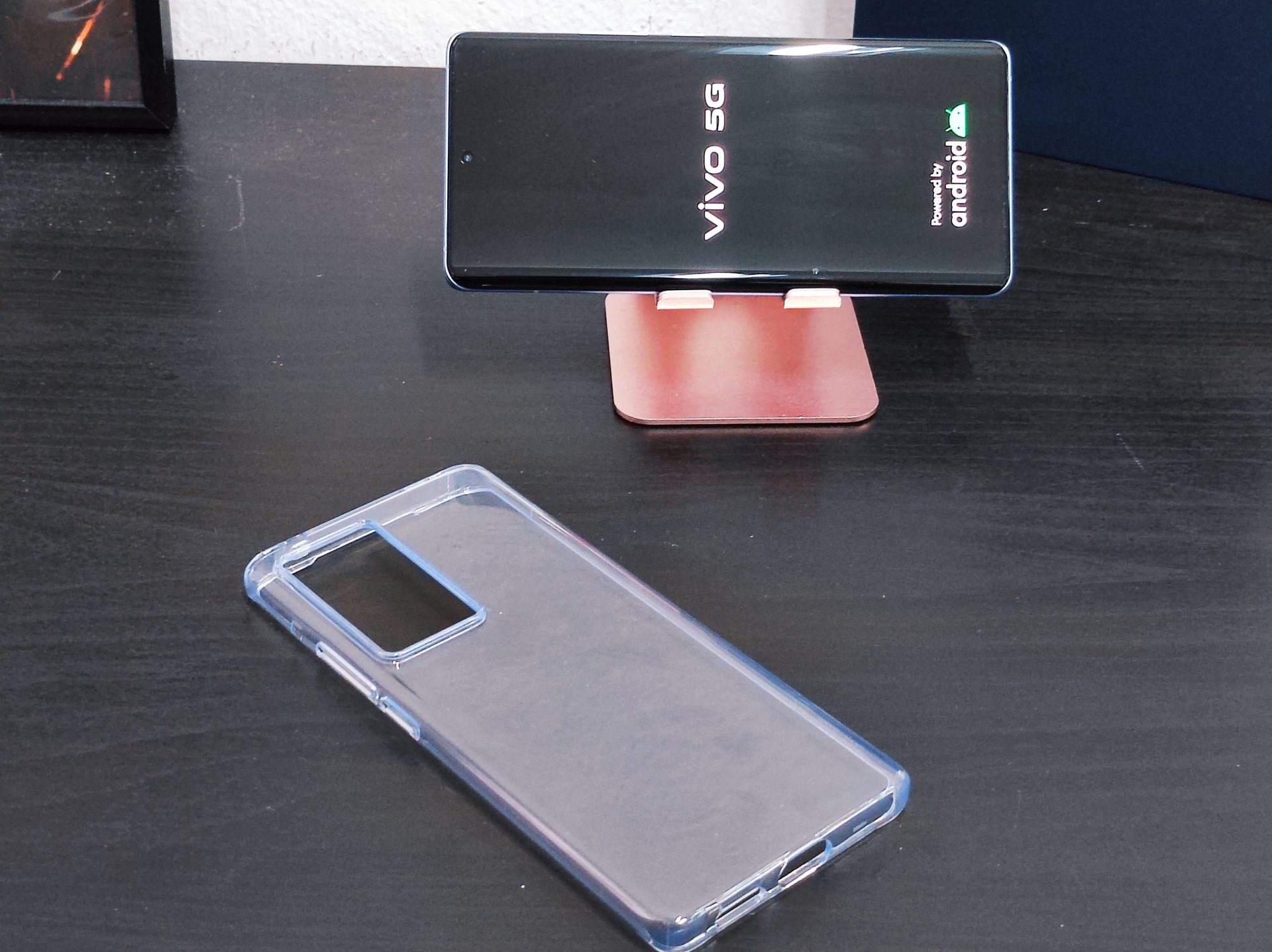

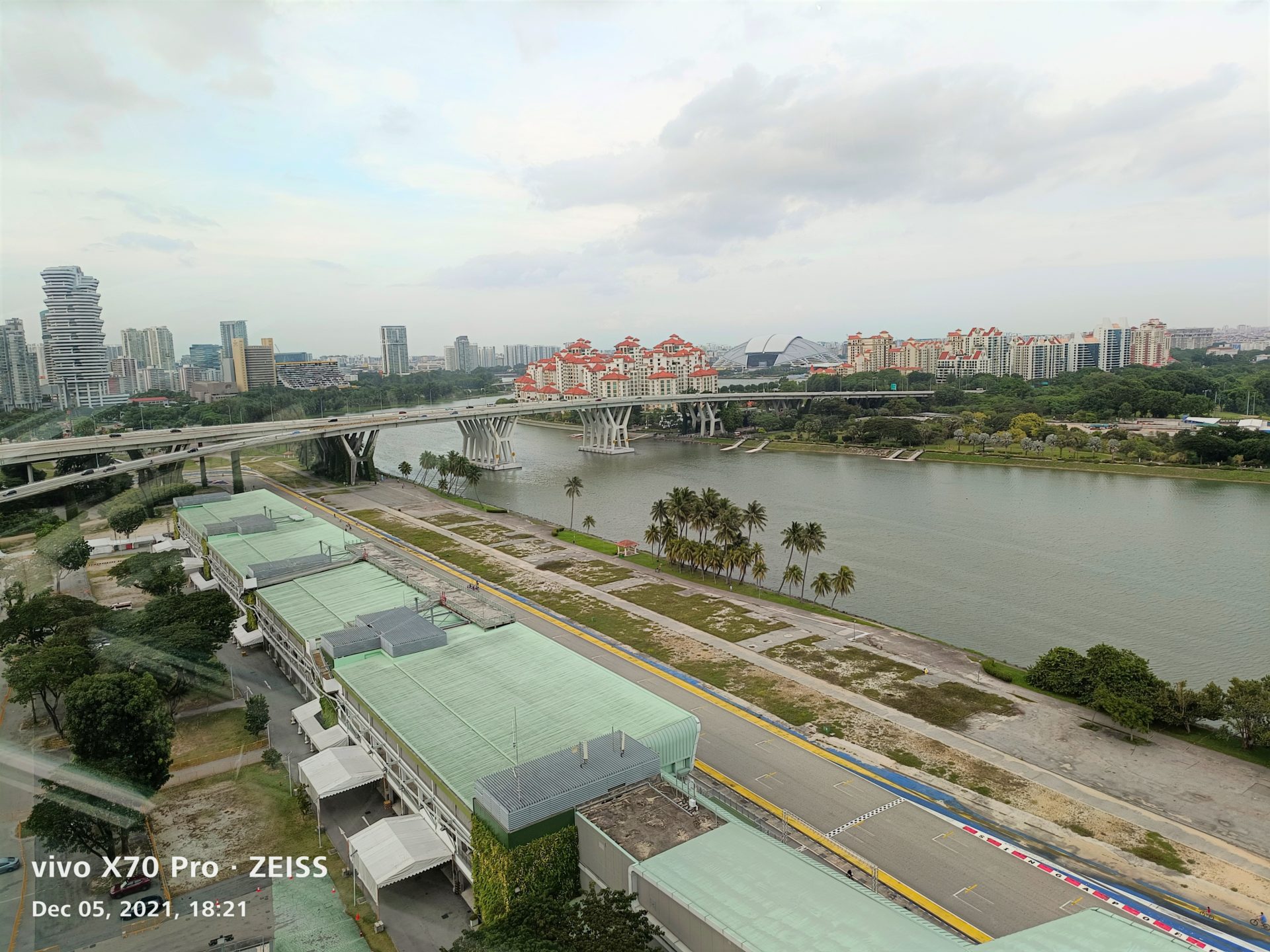
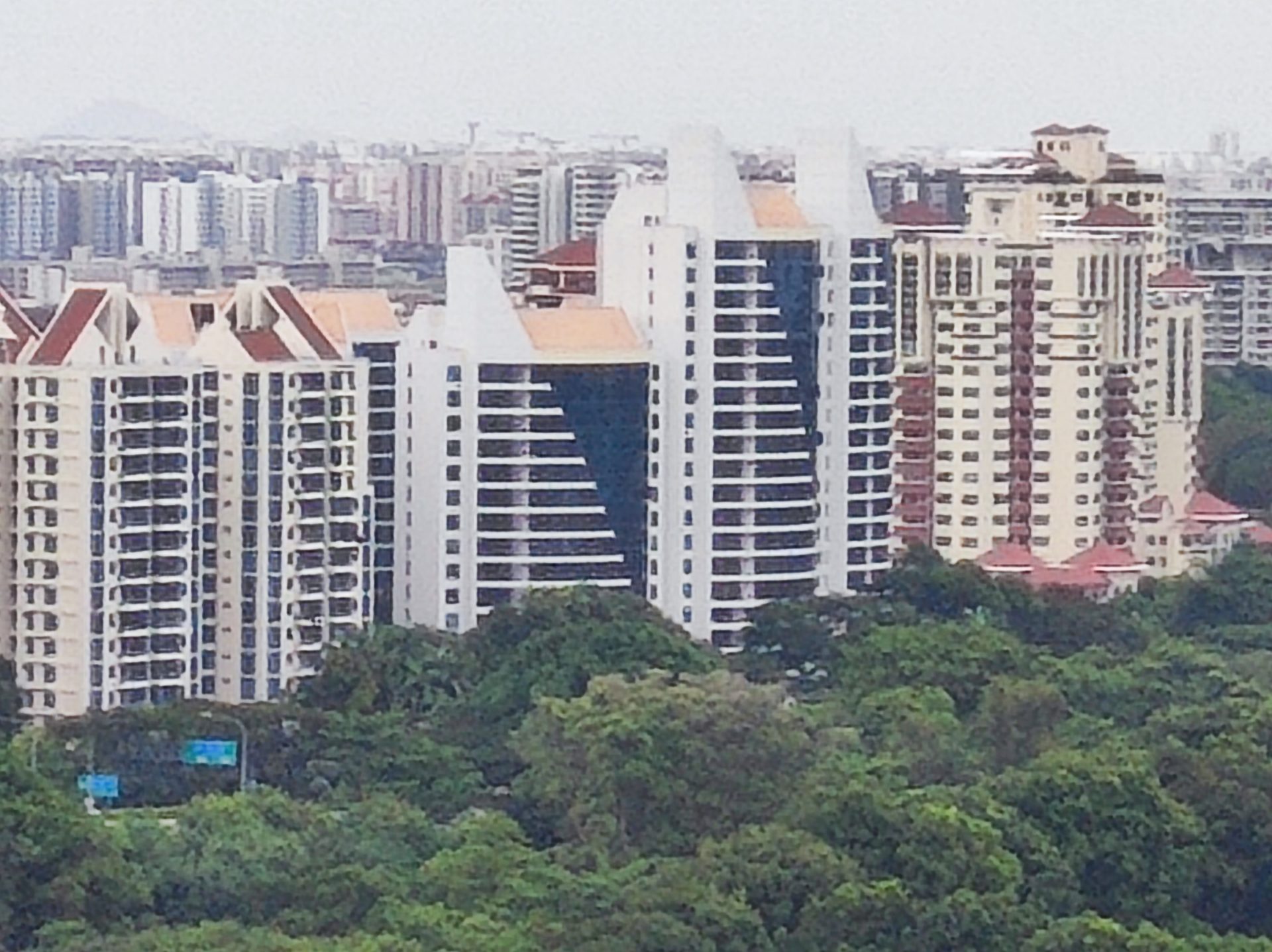
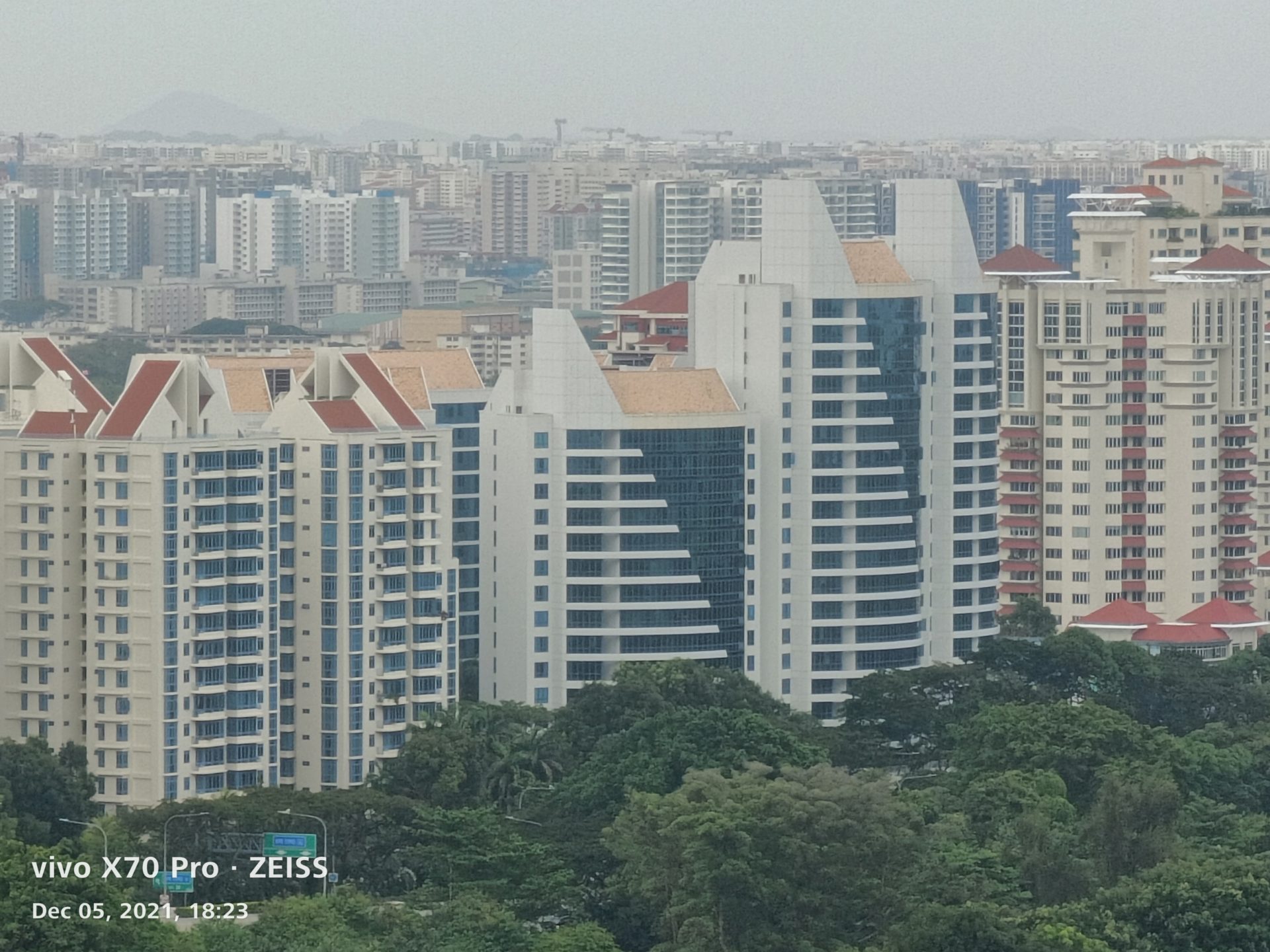
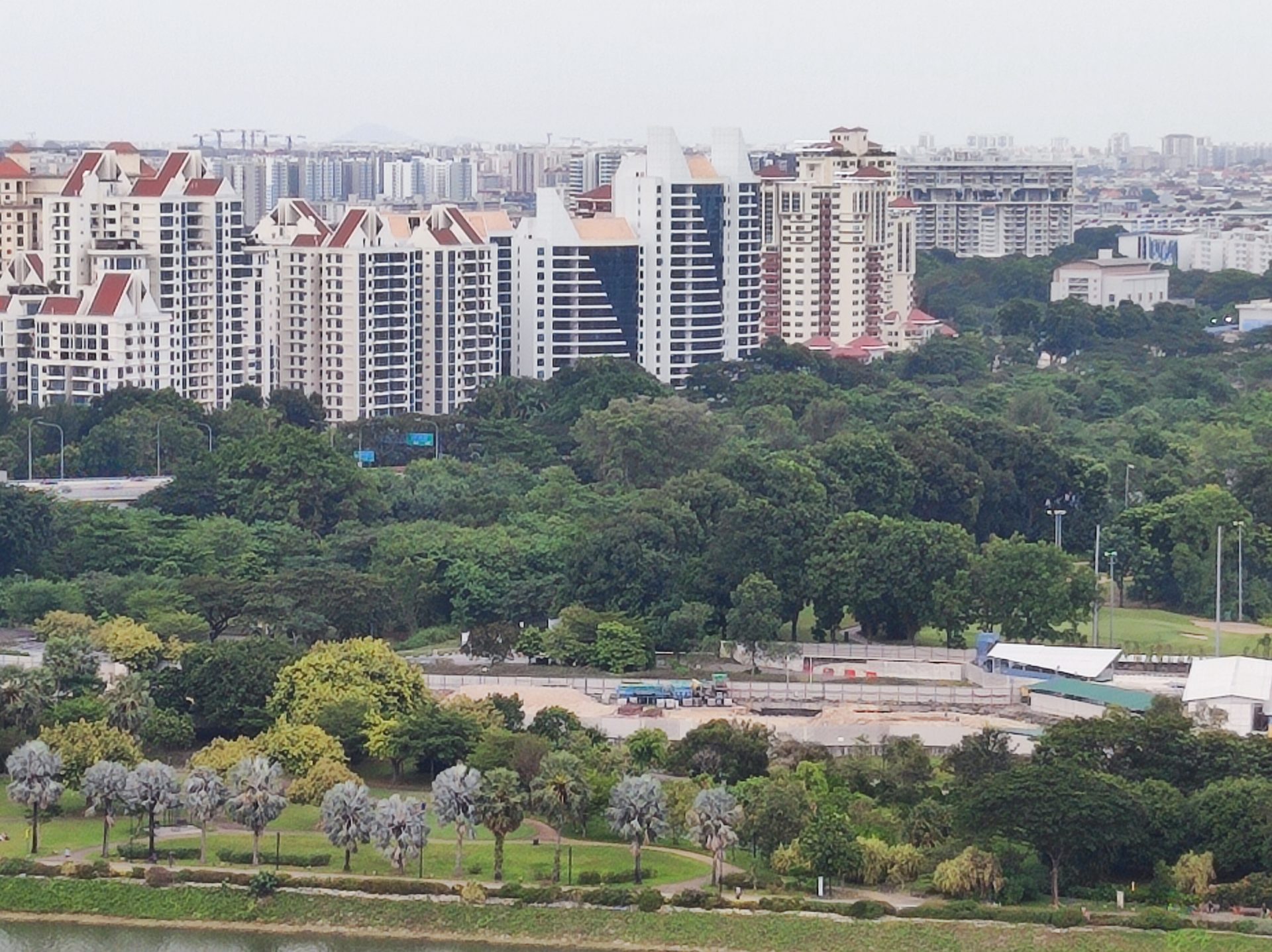
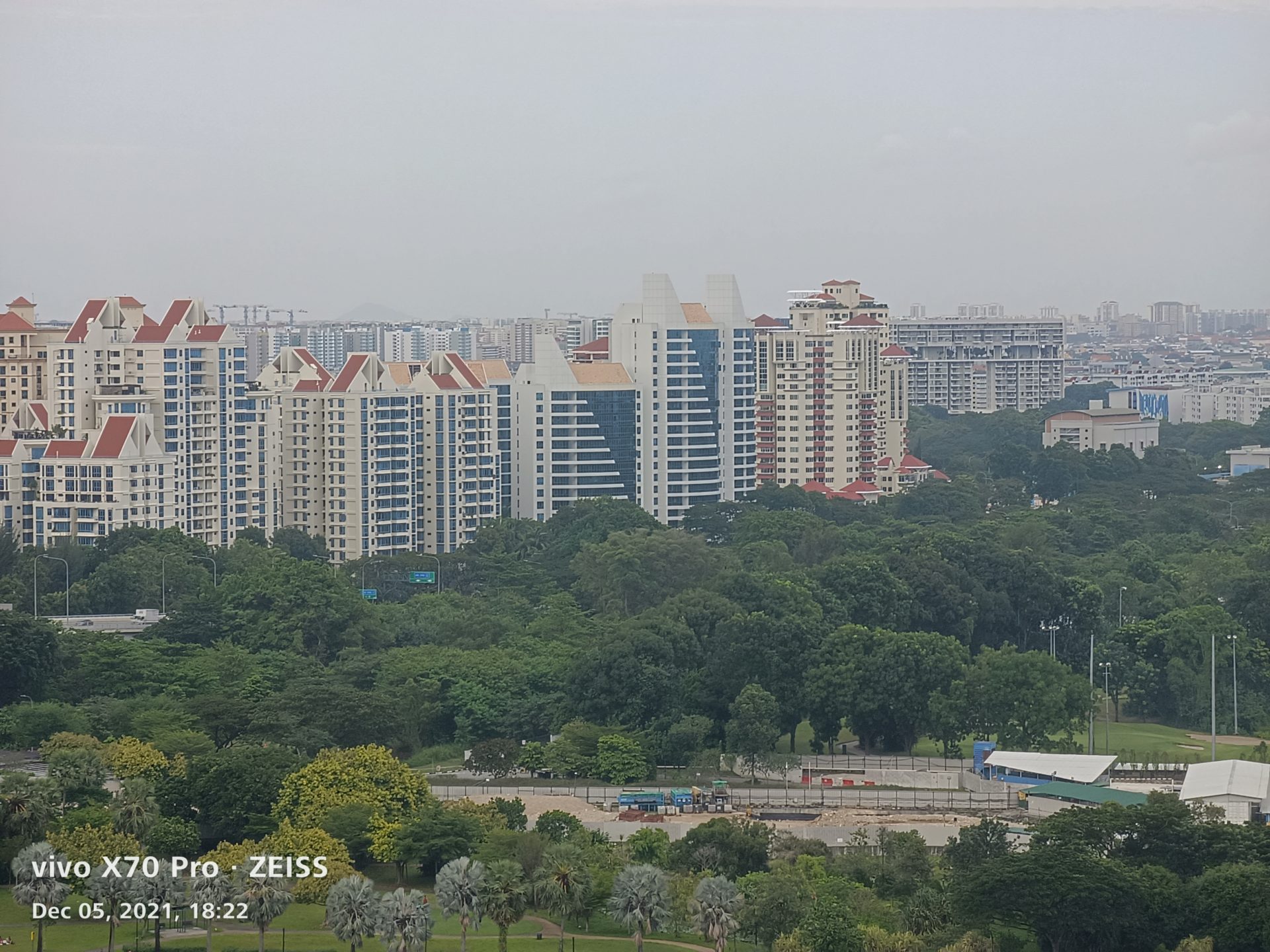
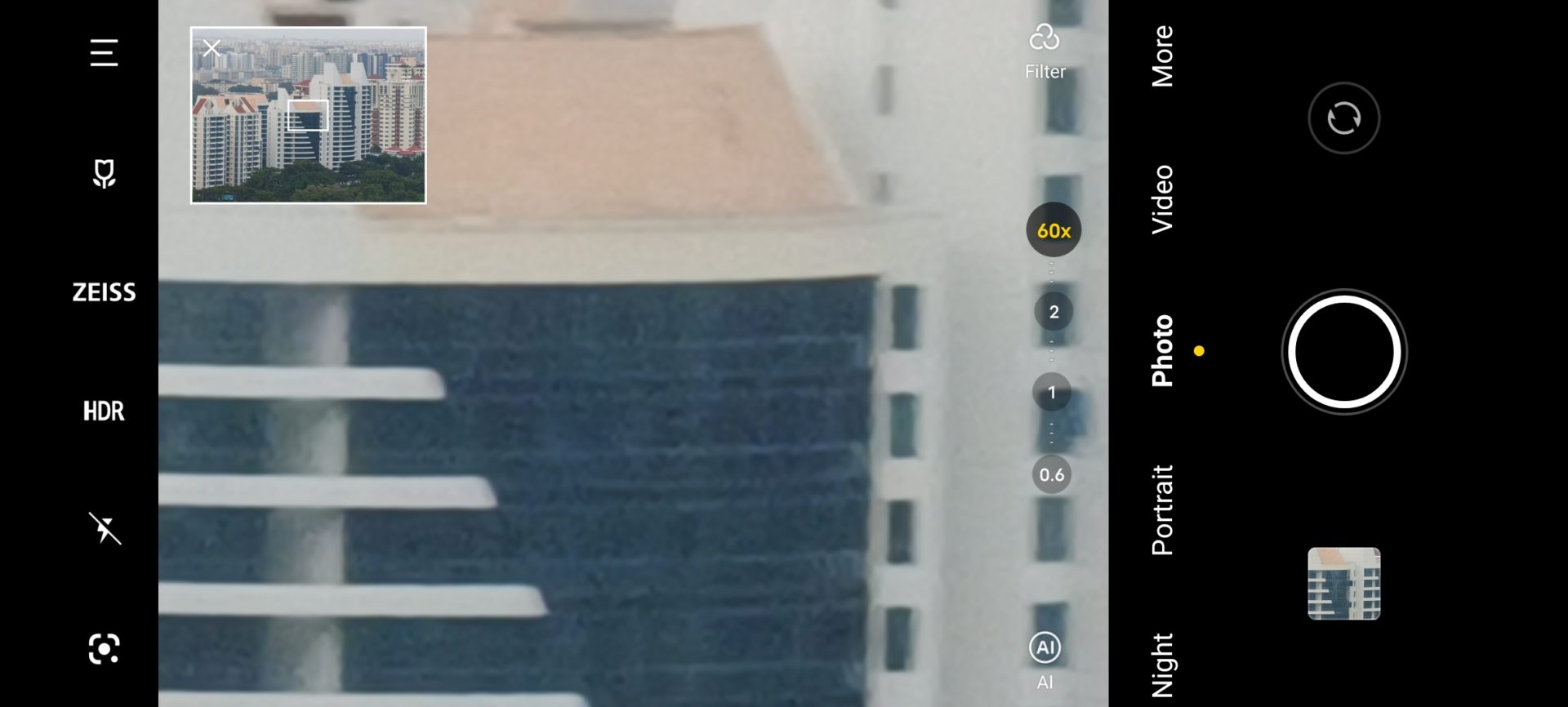




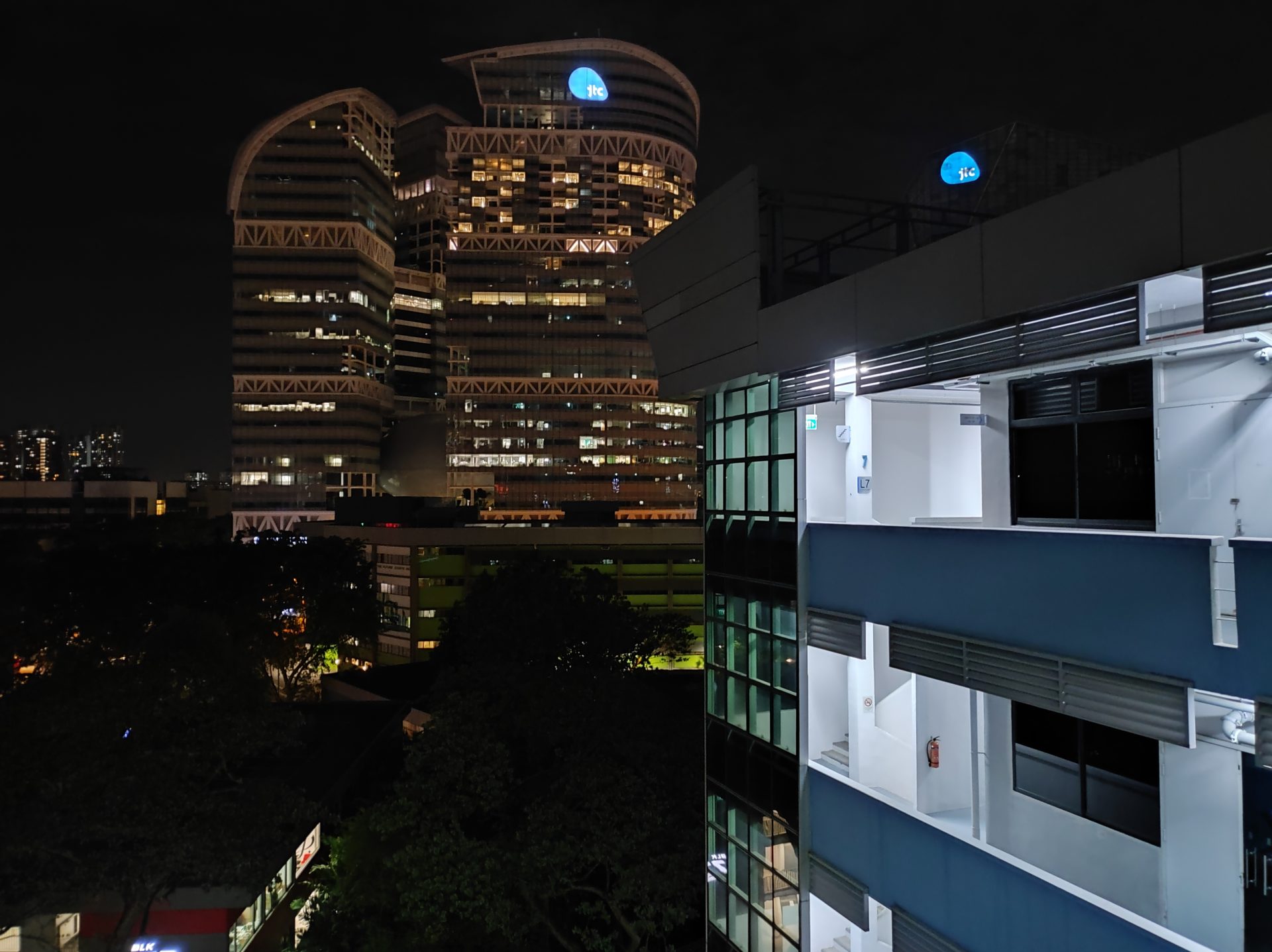
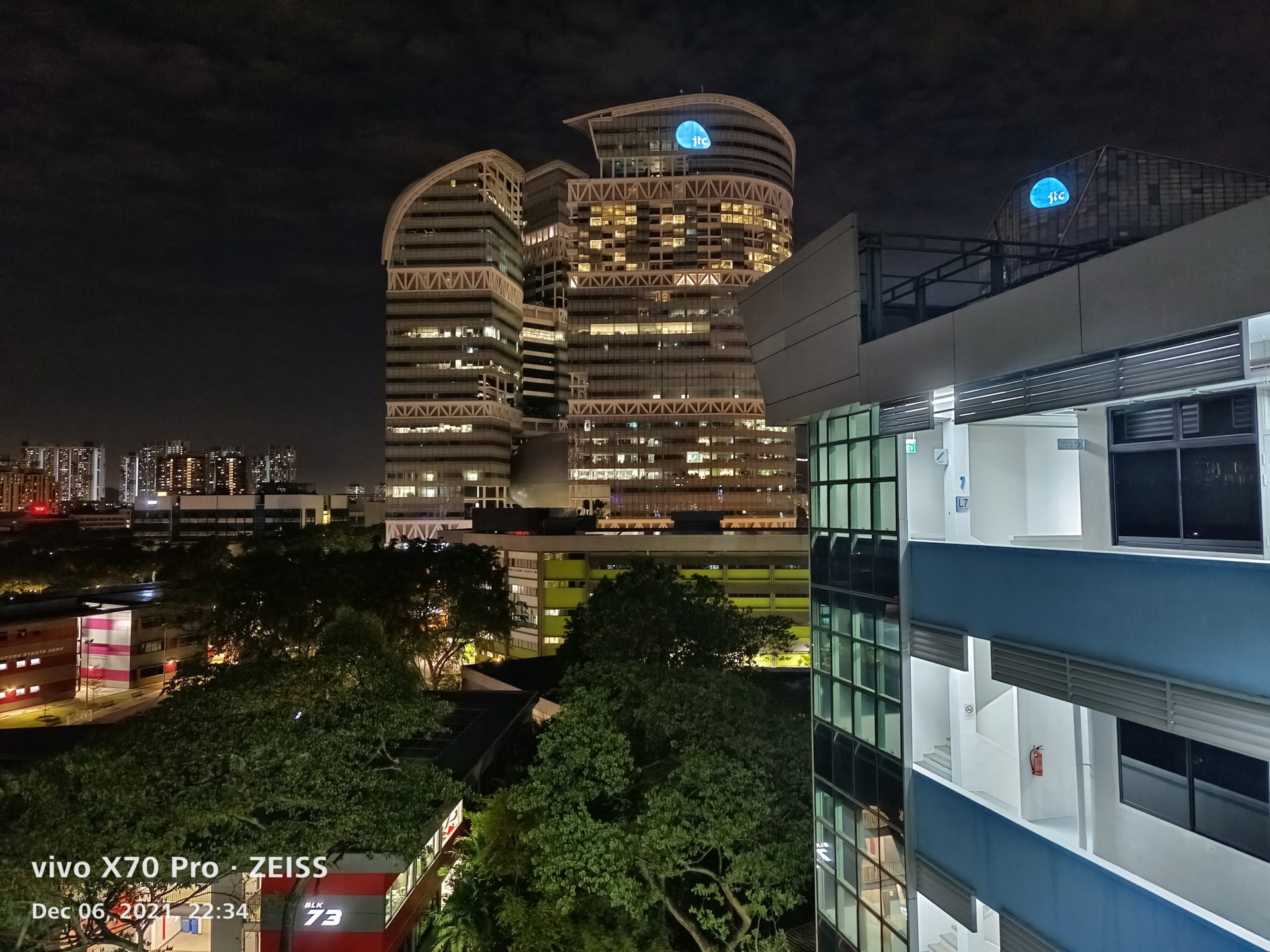
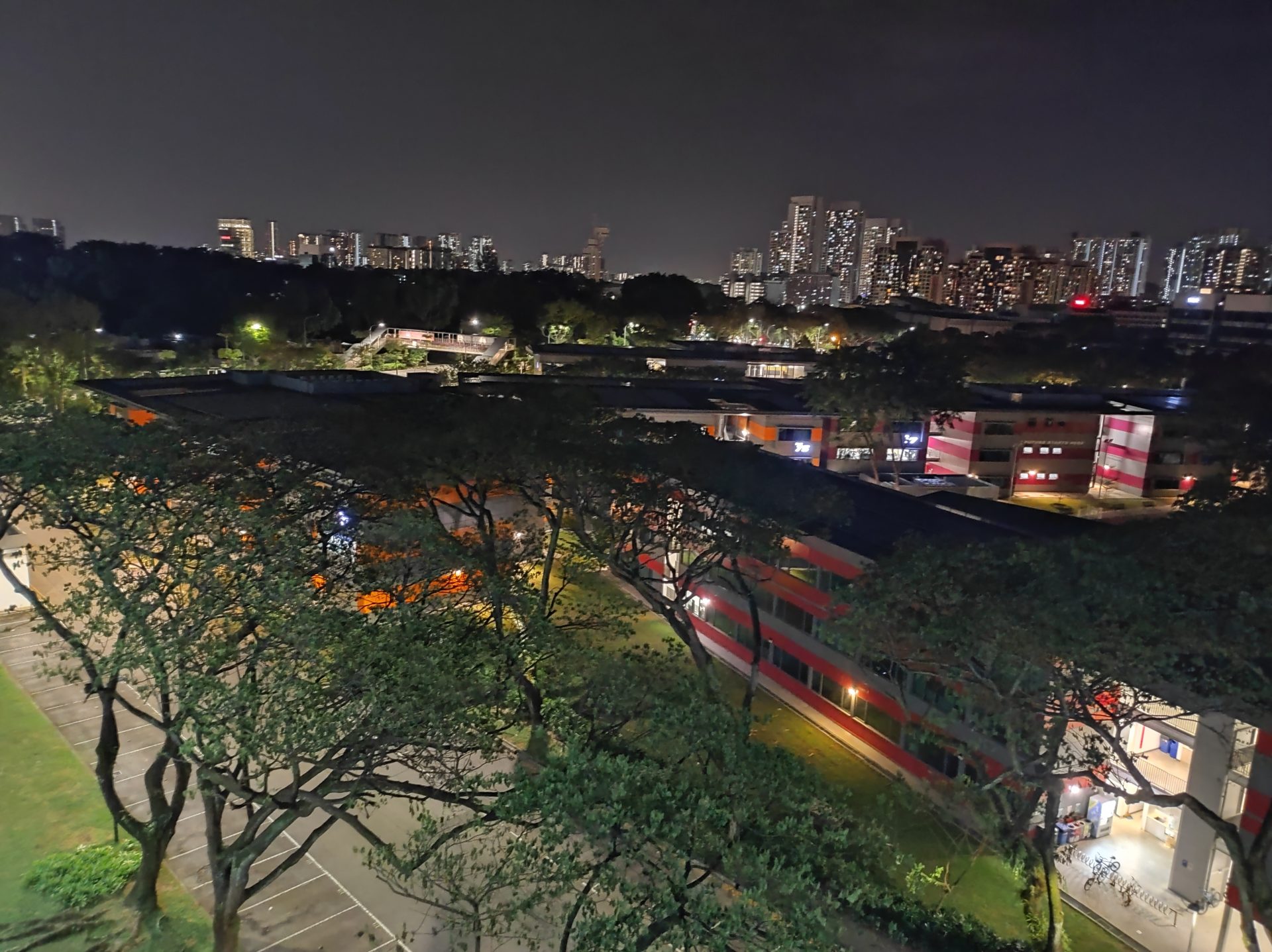
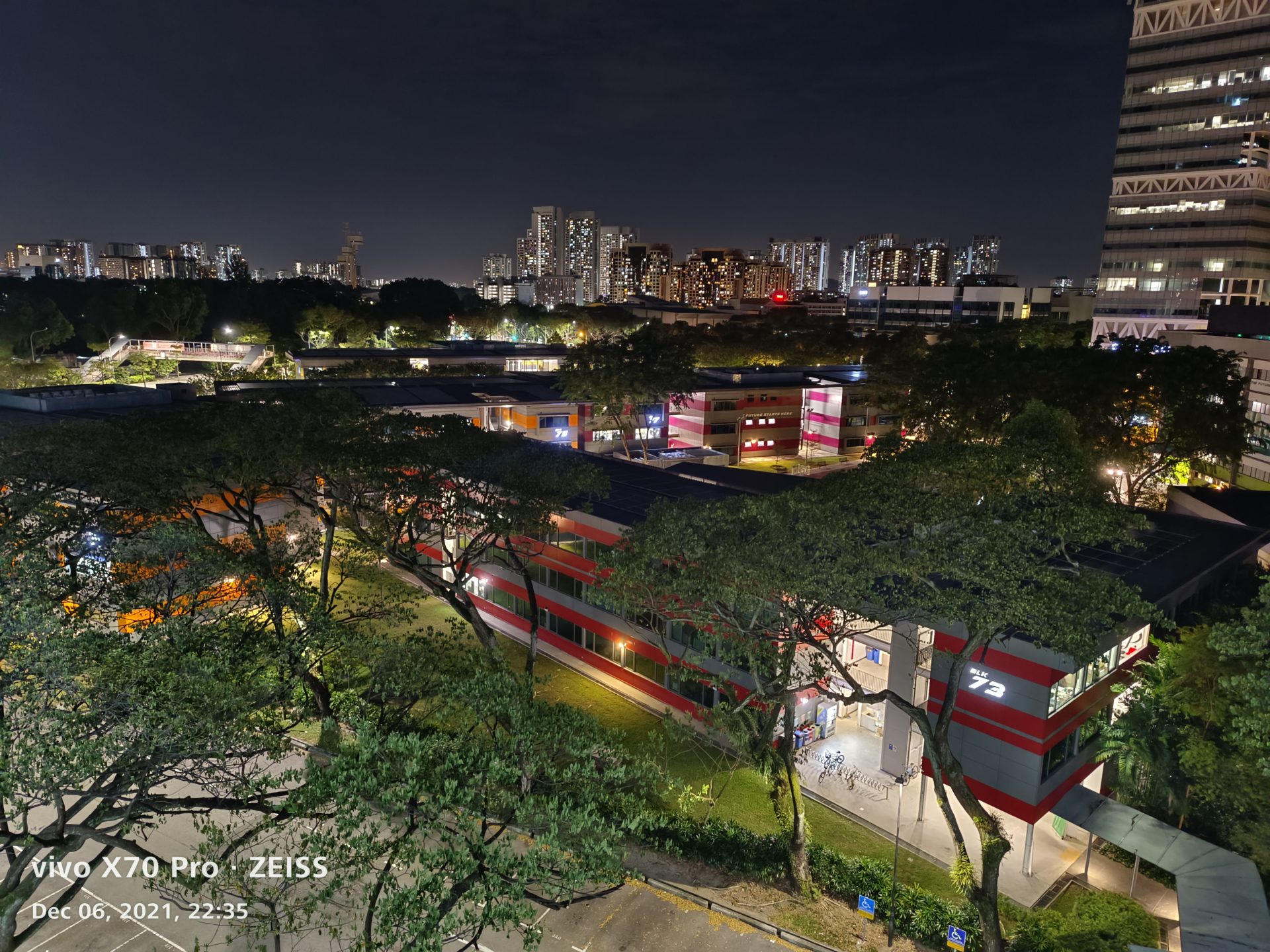
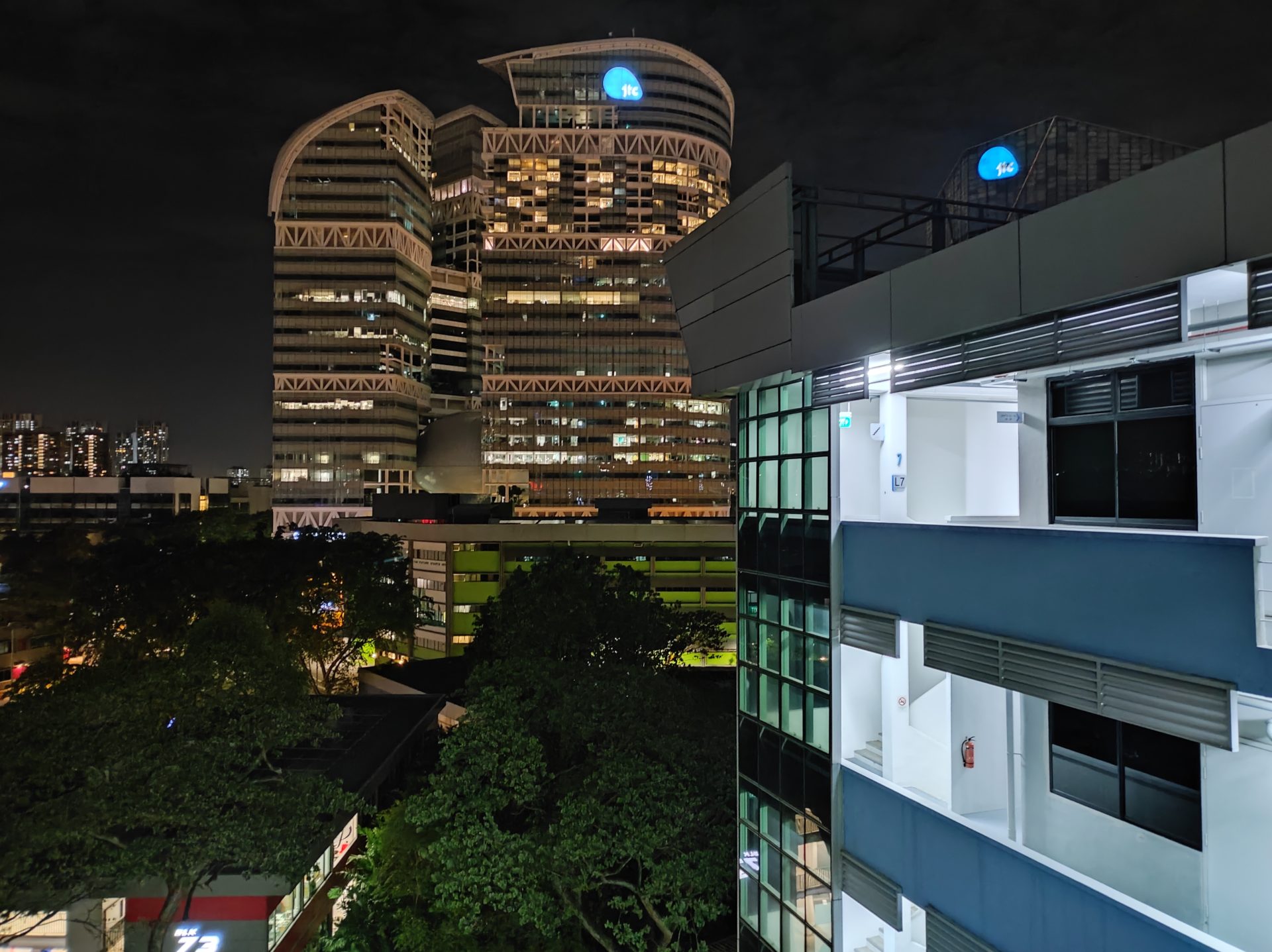
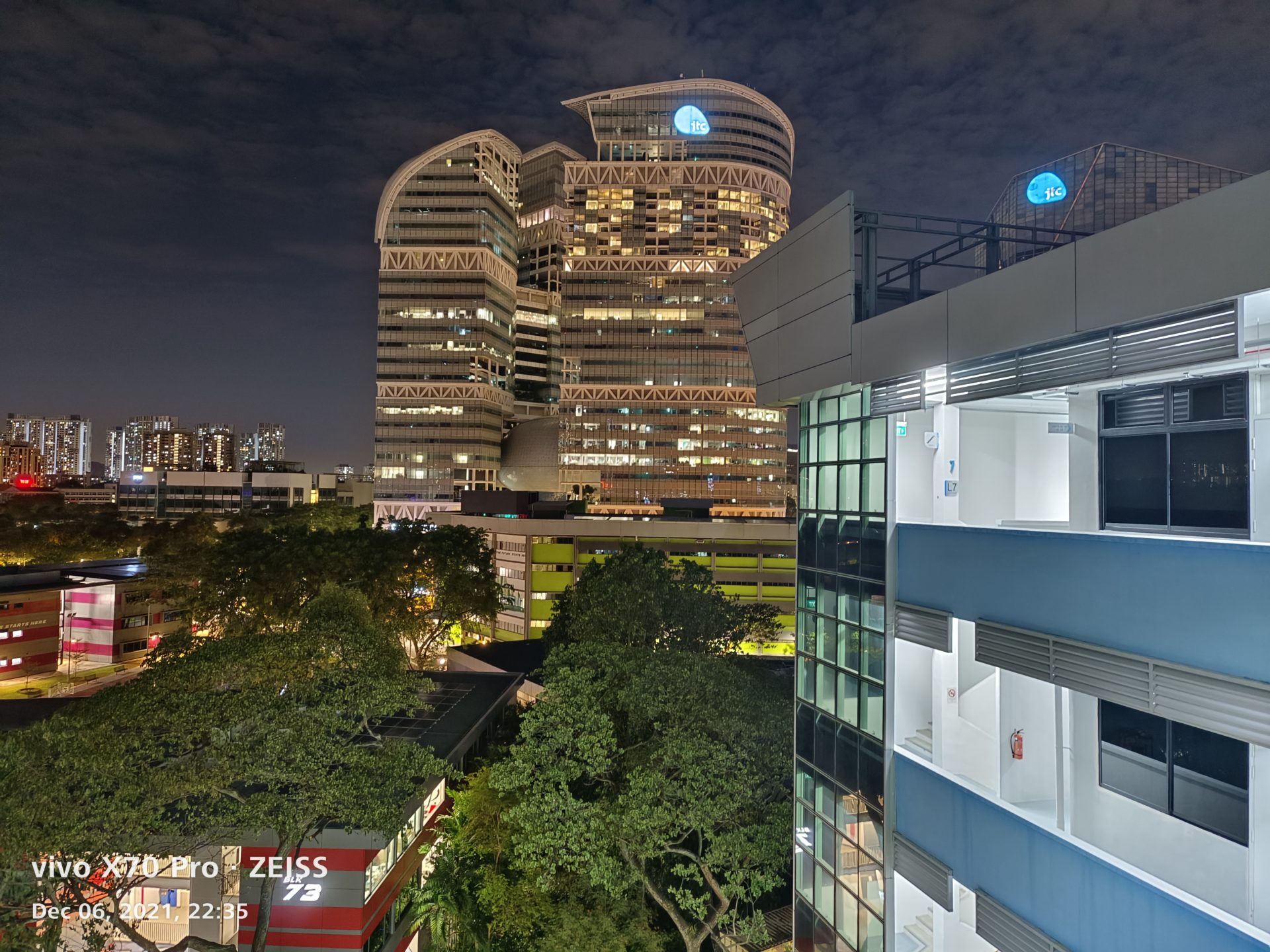

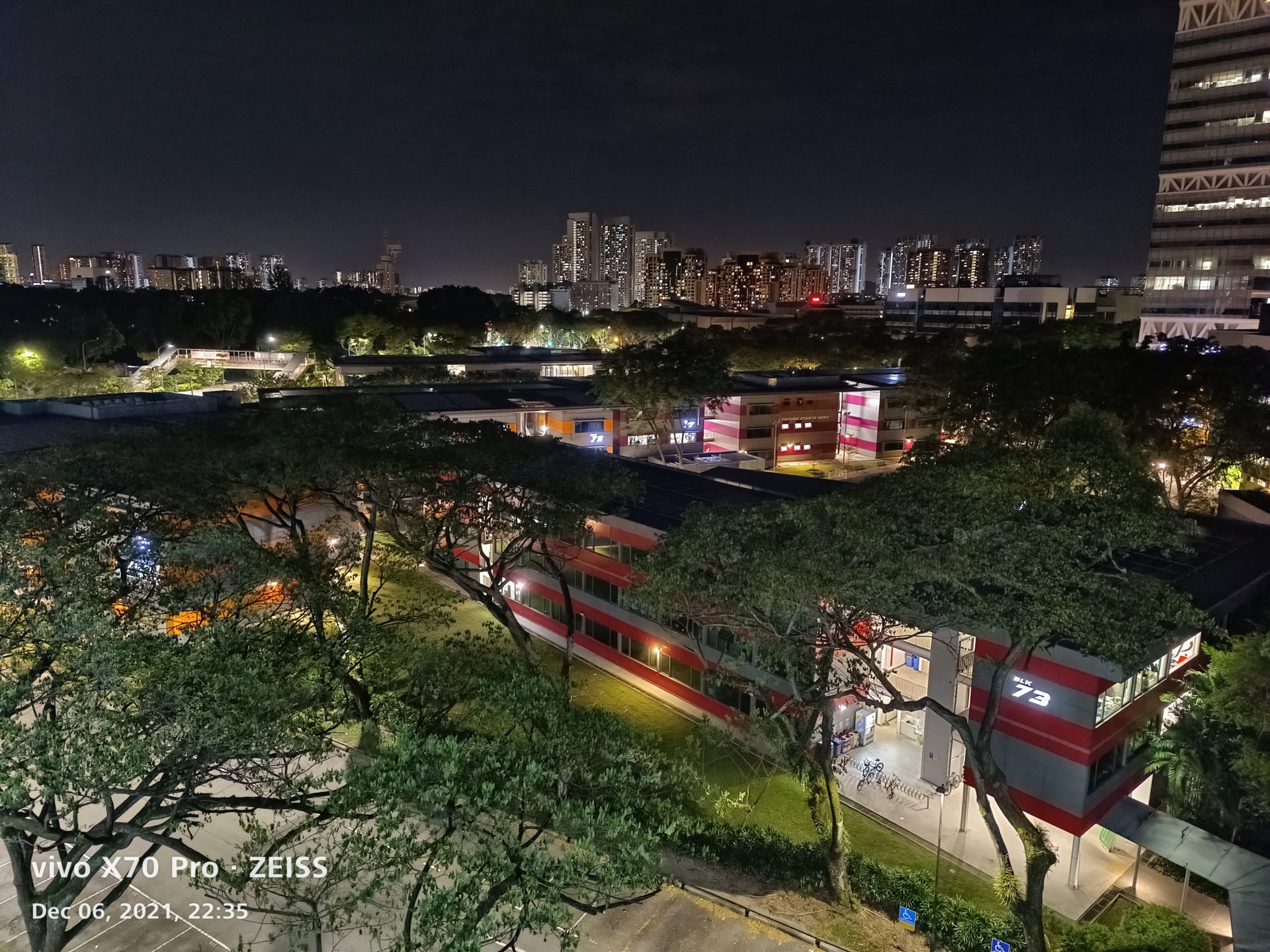




From your article , you mentioned photo taken with Vivo X70 Pro and Vivo X70 Pro Plus are watermarked. Can this Vivo watermark be turned off from the photo?
The sound that come out with TWC2 ANC Vivo earbuds is stero right?
Yes, the watermark can be removed.
I’m uncertain of the TWC2 ANC earbuds, but I guess they must be stereo https://www.vivo.com/my/products/tws2